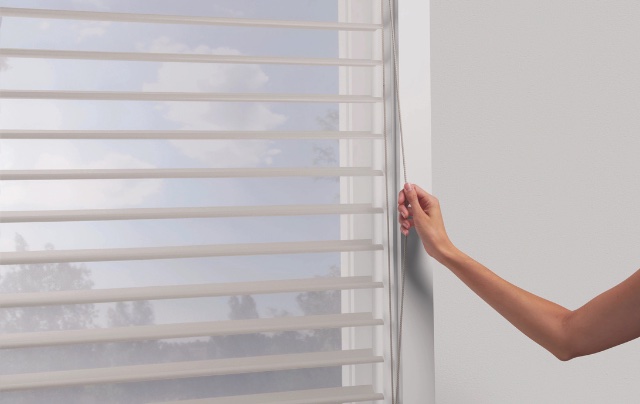Selecting and Protecting Wood for DIY Projects

By Sanjoerd Bos
 Spring and summer are just around the corner, which means that home improvement projects that require better weather conditions are, too. Wood decks and exteriors can indeed last long and wear gracefully, but you need to select the right wood and then protect it in the right way.
Spring and summer are just around the corner, which means that home improvement projects that require better weather conditions are, too. Wood decks and exteriors can indeed last long and wear gracefully, but you need to select the right wood and then protect it in the right way.
Wood is not only beautiful, but it’s also strong, durable and kind to the environment. In a time when it’s all about “green building,” wood is about as green as it gets. Wood feeds the atmosphere as it grows and nourishes the earth at the end of its lifecycle. Wood is our only truly renewable resource and should be the go-to element for any building project. It just takes a little planning to ensure a desirable outcome.
When wood is carefully selected and properly protected, it can compete with any other building material on the market in terms of durability and easy upkeep. Here are a few tips for selecting and using wood in building projects to ensure an end product that is both beautiful and easy to maintain.
1. Protect wood from moisture. Wood needs to remain dry and have minimal exposure to rainfall to naturally prevent decay. Design techniques–such as using overhangs–can be utilized to preserve the life of the wood. If this isn’t possible, a deep-penetrating preservative or pressure-treated wood might be the best bet.
2. Consider performance when selecting wood type. Rather than letting the look of the wood dictate your choice, select the type of wood for your project based on its performance characteristics. For example, Spruce is a very strong, long-lasting wood, making it a desirable candidate for wall construction. Teak, on the other hand, holds up well to wet environments and is resistant to decay and traffic, making it a solid choice for marine use.
3. Protect deck wood from the inside out. Decks offer unique challenges because they are typically high-traffic areas, are completely exposed to the elements and have a horizontal orientation. Additionally, moisture content fluctuates with the seasons, making decks particularly challenging to protect. Deck protection that has a penetrating, non-film-forming finish is recommended. These coatings tend to wear or erode rather then peel, allowing a quick recoat to bring back the original beauty and protection.
4. Consider low VOC finishes. Wood is an inherently “green” building material so why not protect it naturally? Look for low VOC (volatile organic compound) finishes that penetrate wood. Penetrating, non-film-forming finishes are far easier to maintain, especially on decks, as these coatings will tend to wear or erode rather then peel. And, water-borne alkyd, penetrating stain formulas are also less toxic, protecting from within for longer-lasting protection.
—Sanjoerd Bos is the vice president of Sansin, a 25-year-old company focusing on researching, developing and introducing environmentally friendly wood products.

The Fruits of Summer

What are the biggest mistakes to avoid when it comes to window treatments?

Why choose a shower screen over a shower door?

Award-Winning Kitchens, Baths, Interior Design and More

Atlanta’s NKBA Designs of Distinction 2019 Winners

100 Things to Know Before You Remodel

What’s the simplest way to upgrade your window treatments?







